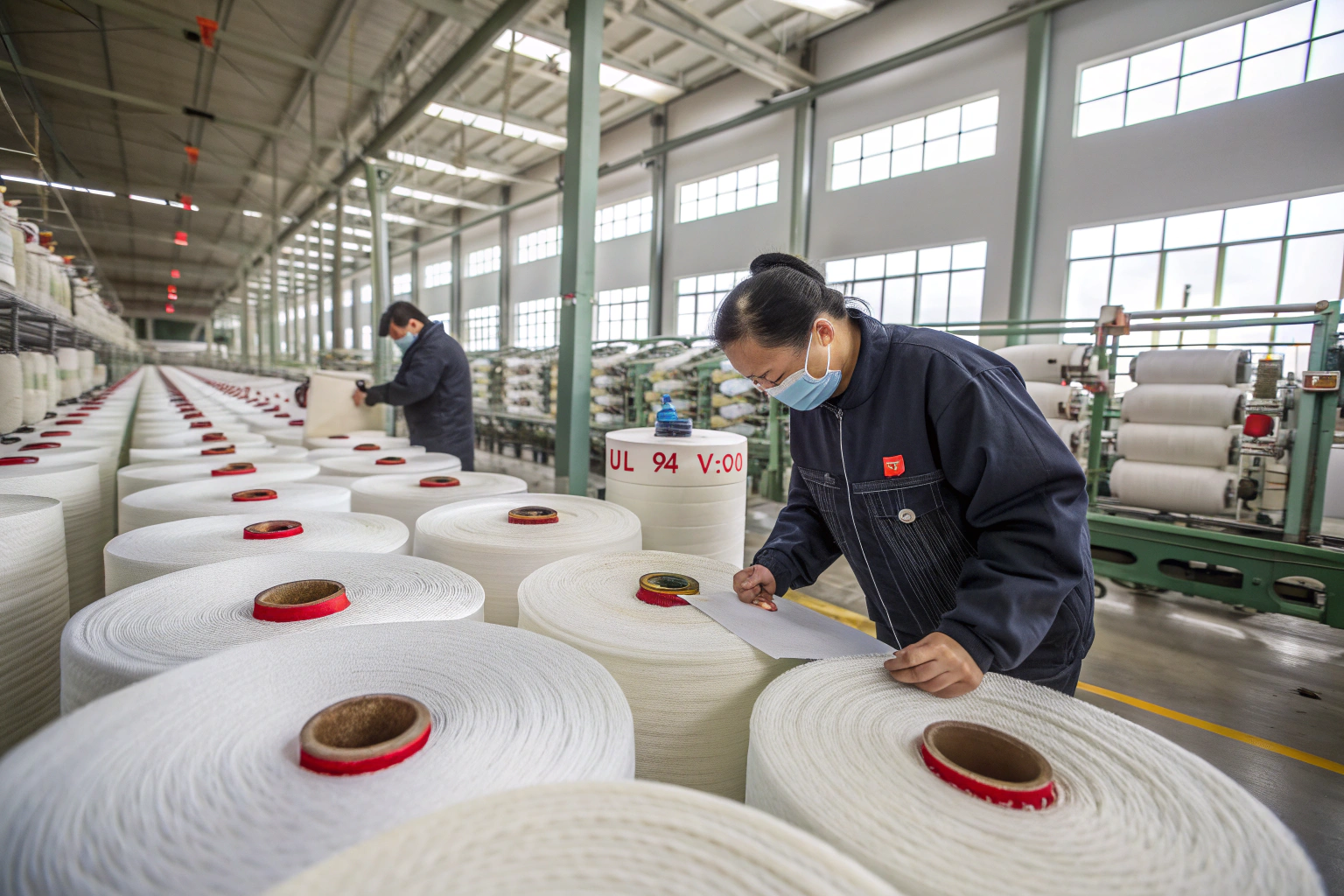For many buyers in the fashion, industrial, and protective clothing industries, finding UL 94 V-0 rated flame retardant fabrics is a serious business challenge. You need not only the right supplier but also guaranteed certification, consistent quality, and reliable delivery. Without these, your products may fail compliance testing, which can lead to delays, lost sales, and brand damage.
The best place to find UL 94 V-0 fabrics is from manufacturers with proven certification, vertically integrated production, and established export experience. These suppliers not only meet flame resistance standards but also control quality from yarn selection to final inspection, ensuring every meter you buy meets safety regulations.
As a fabric manufacturer in Keqiao, Zhejiang, I’ve worked with clients from 100+ countries. I understand that sourcing flame retardant textiles is about more than a purchase—it’s about securing your brand’s trust and compliance. Let’s break down the key information you need to source UL 94 V-0 fabrics with confidence.
Best Global Suppliers of UL 94 V-0 Fabrics
When buyers start searching for UL 94 V-0 rated fabrics, they often go to platforms like Alibaba or attend textile expos in China and Germany. These are good starting points, but they can be overwhelming. Many listings lack proper certification or offer inconsistent quality.
To find the best global suppliers, focus on companies with documented compliance, in-house testing labs, and a reputation in the UL-certified materials market. These suppliers often have CNAS-accredited labs, SGS/ITS test reports, and a clear quality control process from weaving to shipping.
The reality is that most high-quality UL 94 V-0 fabrics come from China, South Korea, and select European producers. In China, Keqiao, Zhejiang, stands out due to its integrated dyeing, weaving, and finishing ecosystem.
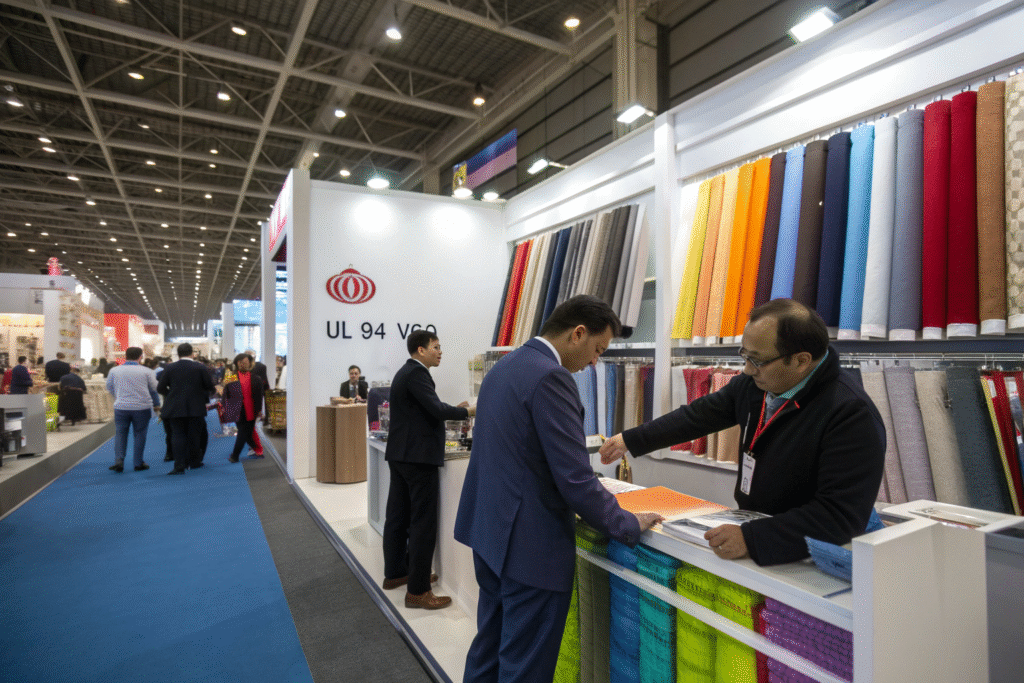
What makes a supplier trustworthy?
The first sign of a trustworthy supplier is transparency. A company should willingly share its UL 94 standard documentation and past export records. If they can also give you third-party test results from organizations like SGS, you’re in safer hands.
Another factor is production capacity. Suppliers who own their weaving and coating factories can better control lead times and maintain consistent fabric properties. This matters when your order depends on repeatable performance.
Should you buy directly from a factory or through a trader?
Both have pros and cons. Factories can offer better prices and direct quality control, while traders may have more variety and flexible MOQs. For UL 94 V-0 fabrics, I recommend working directly with a manufacturer who also has export experience, so you can avoid delays and compliance issues. Check if they provide online tracking of orders and fabric batch reports.
How to Verify UL 94 V-0 Fabric Certification
Many buyers think seeing “UL 94 V-0” on a product description is enough. It’s not. Without proper verification, you risk importing substandard fabric that fails testing in your own country.
The most reliable way to verify UL 94 V-0 certification is by requesting official UL test reports from an accredited lab. These reports must include fabric composition, test method details, and the actual burn results that prove compliance.
If a supplier refuses to share the test report or only provides photos of a certificate, be cautious. Scanned images are often outdated or used for unrelated products.
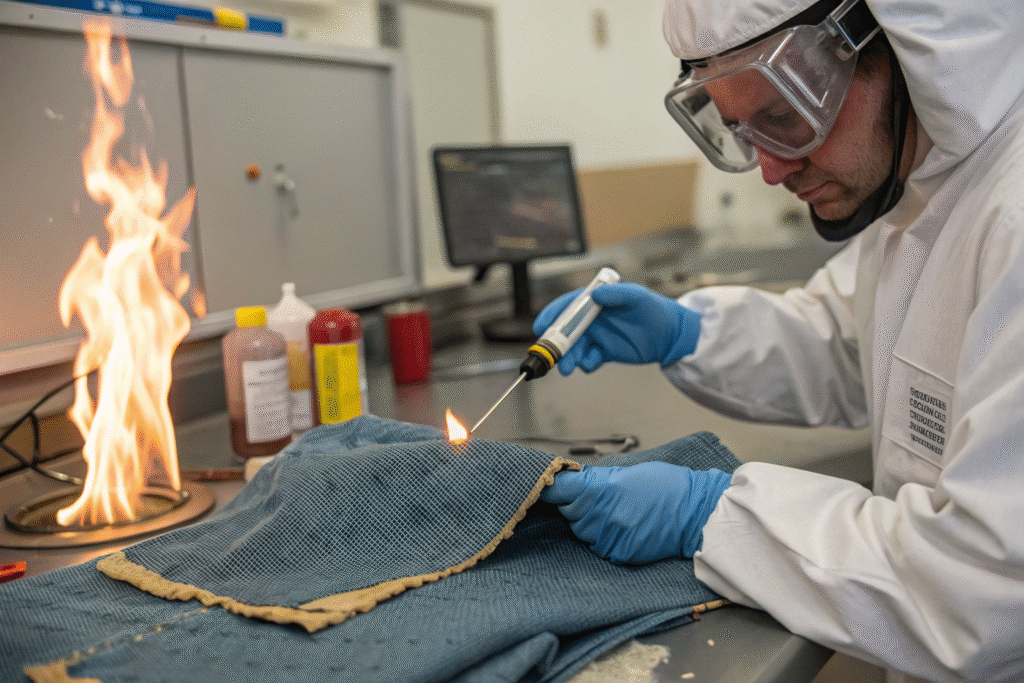
What documents should you request?
You should always ask for:
- An official UL test report
- Material safety data sheet (MSDS)
- Production batch records
- Third-party verification from an organization like Intertek
These ensure you know exactly what you’re buying and protect you in case of a dispute.
Can you do your own verification?
Yes, and you should if the order value is high. Send pre-production samples to a local lab for UL 94 flammability testing. This extra step can save you thousands in rejected shipments and help you build stronger trust with your customers. It also allows you to verify that the production fabric matches the sample.
Top Applications for UL 94 V-0 Flame Retardant Textiles
UL 94 V-0 fabrics are not just for industrial use—they’re a must-have in industries where fire safety is critical. From public transportation to electronics manufacturing, these textiles can mean the difference between safety and disaster.
Common applications include automotive interiors, protective workwear, upholstery for public spaces, and covers for electronic devices. They’re also used in tents, stage backdrops, and military gear where flame resistance is mandated.
For example, a U.S.-based client of ours producing server rack covers needed fabrics that could withstand high temperatures and meet UL standards for electrical enclosures. By providing pre-tested and certified materials, we helped them secure long-term contracts.
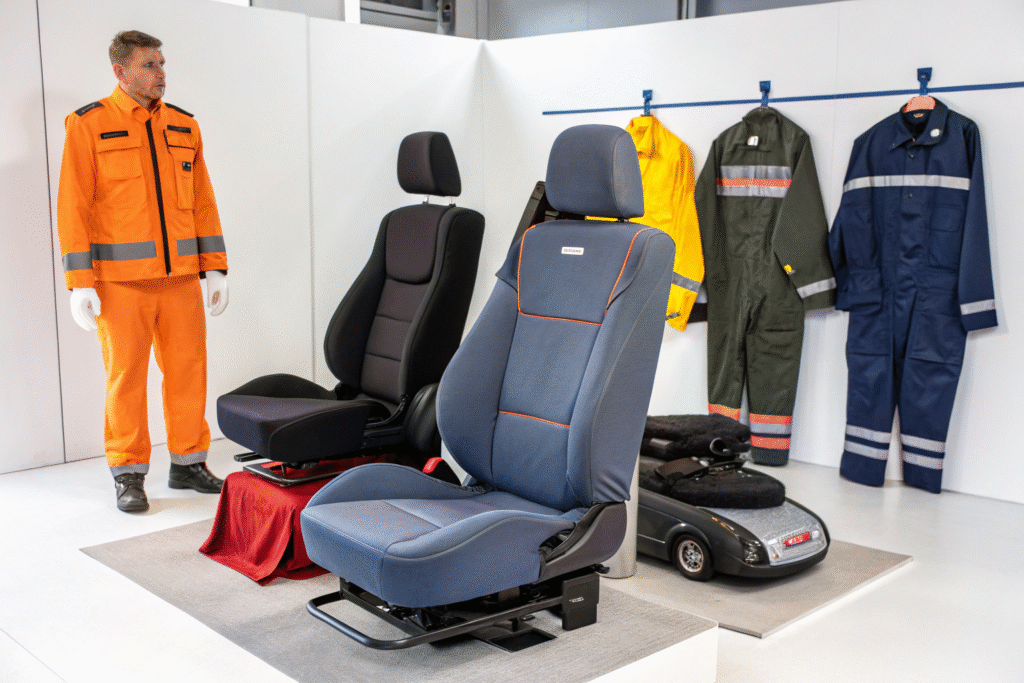
Why are they popular in electronics?
The electronics sector values UL 94 V-0 fabrics because they limit flame spread and self-extinguish quickly. This protects both the hardware and the people working near it. Companies like Dell and HP often require such materials in their supply chain.
What about in transportation?
Public buses, trains, and airplanes use flame retardant fabrics in seats, curtains, and wall panels. These applications are regulated by safety standards, so sourcing the right certified material is critical. For example, UL 94 V-0 is often combined with other certifications like FMVSS 302 for automotive use.
Cost and Shipping Tips for UL 94 V-0 Fabrics
Price is always a concern, but when it comes to flame retardant fabrics, the cheapest option is rarely the best. Costs vary based on fiber type, coating method, and compliance requirements.
To optimize costs, work with suppliers who can consolidate production, finishing, and inspection in-house. This reduces handling fees, shortens lead times, and minimizes the risk of defects.
For overseas buyers, shipping strategy matters. Air freight is faster but expensive; sea freight is cheaper but requires precise planning to meet deadlines.
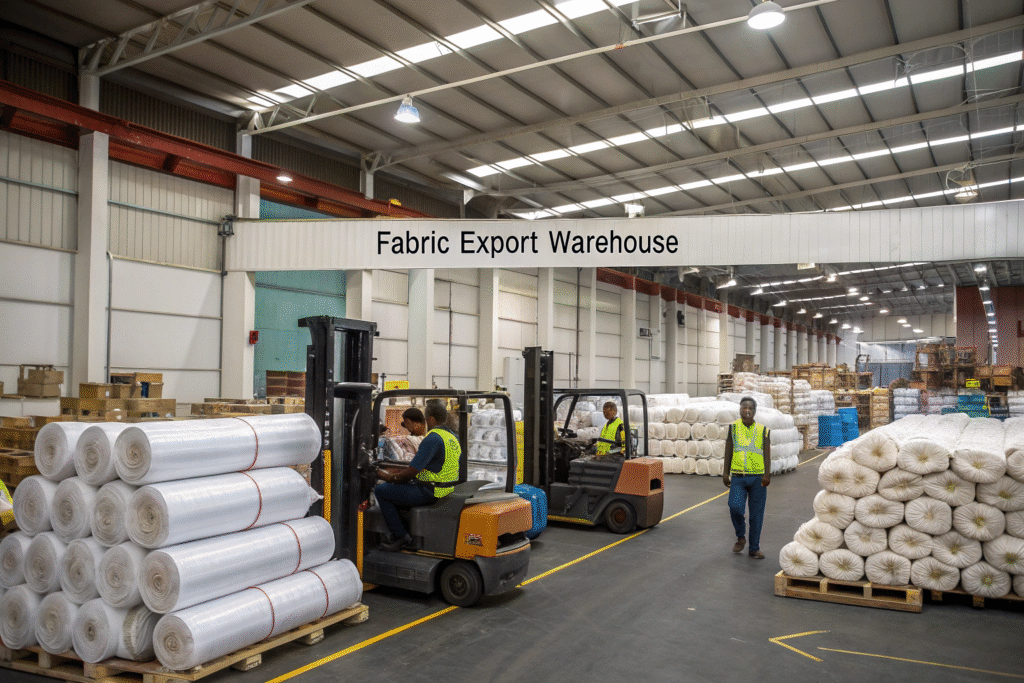
How to reduce import tariffs?
Some countries offer reduced tariffs for eco-friendly or certified safety textiles. Check your local regulations and see if your UL 94 V-0 fabric also qualifies for other benefits like GSP status.
What shipping methods work best?
For large orders, full container load (FCL) shipping is most cost-effective. For smaller orders, less than container load (LCL) can be economical, but you must account for longer transit times and possible delays at consolidation hubs. A trusted logistics partner can help optimize your route.
Conclusion
Sourcing UL 94 V-0 rated flame retardant fabrics is not just about finding a supplier—it’s about securing safety, compliance, and reliability for your brand. By focusing on certified suppliers, verifying documentation, understanding applications, and optimizing logistics, you can confidently bring these critical textiles into your product line.
If you are ready to develop your own UL 94 V-0 flame retardant fabric orders with a trusted partner, contact our Business Director Elaine at elaine@fumaoclothing.com. We will ensure your materials meet every requirement, on time and at the right quality.

